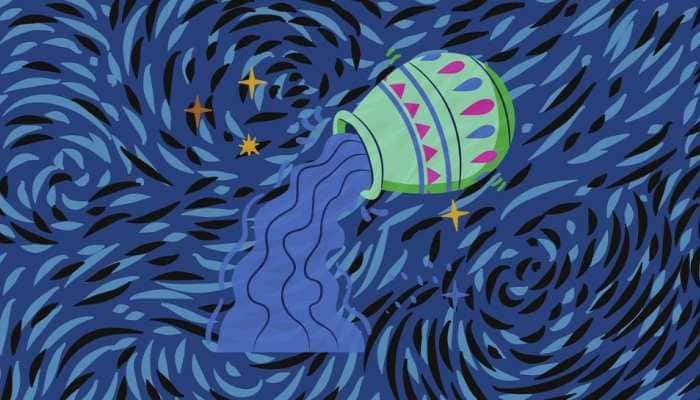Bigger Kidney Stones Can Be Caused by Paan Masala: Experts
Experts at a urology conference at King George’s Medical University (KGMU) have said that consumption of polluted ground water and paan masala may cause large kidney stones (over 2 cm).
Trending Photos
) Image credit: Freepik
Image credit: Freepik Kidney stones can result from eating too much sugary or salty food, exercising too much or too little, being obese, having weight loss surgery, or drinking too little water. For certain people, family history and infections may be significant factors. In addition to all these eating disorders, consuming excessive amounts of fructose is associated with an increased risk of kidney stones. An enlarged kidney stone is another side effect of paan masala and contaminated water as well.
Prof. Apul Goel of KGMU while speaking with IANS said, “In our outpatient department, about 70 per cent of patients with large stones exceeding 2 cm are often linked to factors like paan masala use, inadequate hydration, or contaminated water.”
Advancements in minimally invasive procedures offer hope for such patients, said experts at the conference on Saturday.
Prof. M S Agrawal, former faculty at SN Medical College Agra and former president of the association, emphasised the efficacy of percutaneous nephrolithotomy technology, enabling surgery without incisions or multiple holes, with patients typically discharged within a day.
Meanwhile, Dr Salil Tandon of Lucknow and Dr Vipul Tandon of Prayagraj underscored progress in removing stones smaller than 2 cm through ureteroscopy, eliminating the need for incisions.
Prof. SN Shankhwar, director of BHU Institute of Medical Sciences, highlighted the grave symptoms of Chyluria, a rare condition in which lymphatic fluid leaks into the kidneys and turns the urine milky white due to blockage of lymphatic channels and loss of nutrients through urine.
It is often a cause of filariasis.
“There is a need to tell people that surgical intervention offers a promising cure for this debilitating condition,” he added.
Live Tv







)
)
)
)
)
)
)
)
)
)
